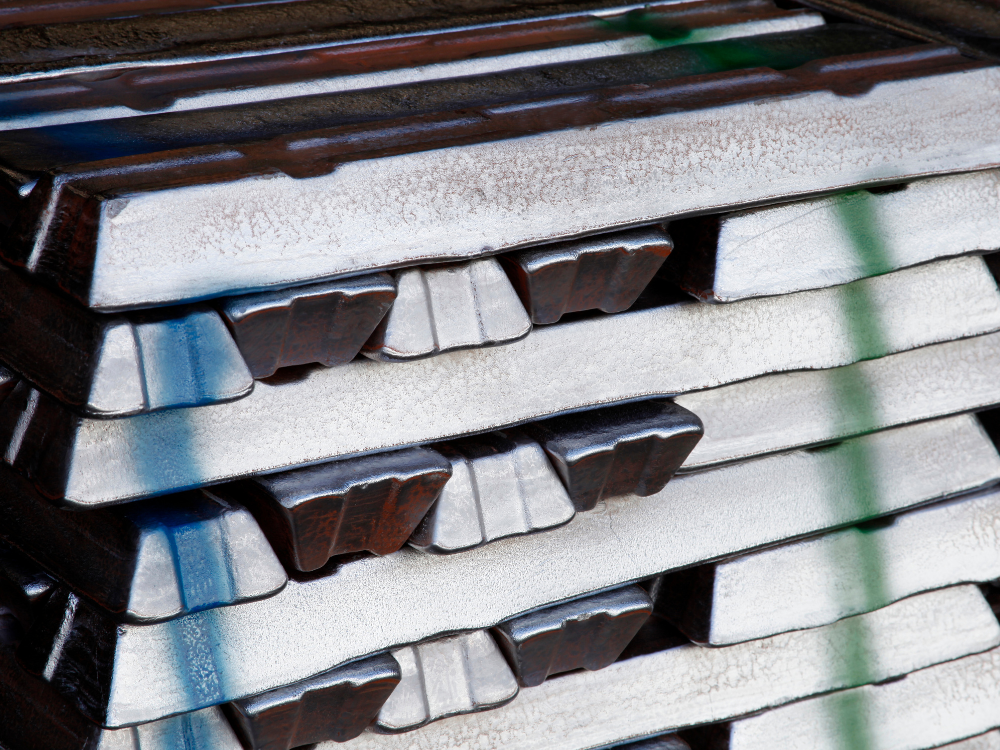

Recently, news has been circulating widely in the market that an energy giant has established aluminium positions exceeding 1 million tonnes on the London Metal Exchange (LME). The scale of this position is staggering—as of May 15, LME aluminium inventory stood at only 397,300 tonnes (with Rusal accounting for approximately 90 per cent of it), and the giant's position is 2.5 times larger than the existing inventory.

Affected by this, the near-month LME aluminium contract has shifted from a futures contango structure of USD 28 to a slight spot premium (back) structure, intensifying market concerns about a rise in the near-month LME aluminium contract price.
Many investors are beginning to wonder if LME aluminium will replicate the previous strong back rally in LME copper, which was triggered by tariff policy risks that led to changes in global trade flows.
SMM believes that despite the uncertainty surrounding the 232 aluminium tariffs, which has introduced volatility into the global aluminium trading landscape and, coupled with the continuous drawdown of inventory, has led to repeated shifts in short-term trading expectations, from the perspective of overseas aluminium fundamentals, the LME back structure does not have the conditions to be sustained for an extended period.
In terms of spot market performance, spot premiums for aluminium ingots globally are mostly on a downward trend, particularly in Asia. Influenced by expectations of the off-season, there is no shortage of aluminium ingots in the market, which poses an obstacle to the continuation of the back structure.
From the perspective of open interest logic, market participants holding large spot positions typically maintain a certain amount of short hedging positions in the futures market. It can thus be inferred that the primary purpose of the operation on the LME this time may be for futures/futures market arbitrage, rather than a simple bet on a unilateral rise in aluminium prices.
Regarding tariff policies, even if there is a breakthrough in negotiations between China and the US on the 232 steel and aluminium tariff issues, leading to changes in global aluminium trade flows, it will still be difficult to support a strong back structure. The reason is that the US currently still has a portion of hidden aluminium ingot inventory and has not yet faced a situation of supply depletion.
On the international front, the end of the Russia-Ukraine war does not mean the end of Western sanctions on Russian metals. There is a high degree of uncertainty regarding the lifting of sanctions on Russia, which brings higher capital cost pressures and risks.
Currently, trade frictions triggered by global tariffs still exist, and the low inventory situation has further strengthened the resilience of aluminium prices. However, the subsequent off-season pressure on the demand side limits its upside potential.
If China and the US make substantive progress in the 232 steel and aluminium tariff negotiations, global aluminium trade flows will be reshaped, supply pressures in markets outside the US are expected to be alleviated, and market sentiment will also be boosted.
However, fundamentally, this will still be difficult to bring about a substantive reversal in overseas aluminium fundamentals. Market participants need to closely monitor relevant developments and cautiously respond to the complex changes in the LME aluminium market.
Note: This article has been issued by SMM and has been published by AL Circle with its original information without any modifications or edits to the core subject/data.
Responses








